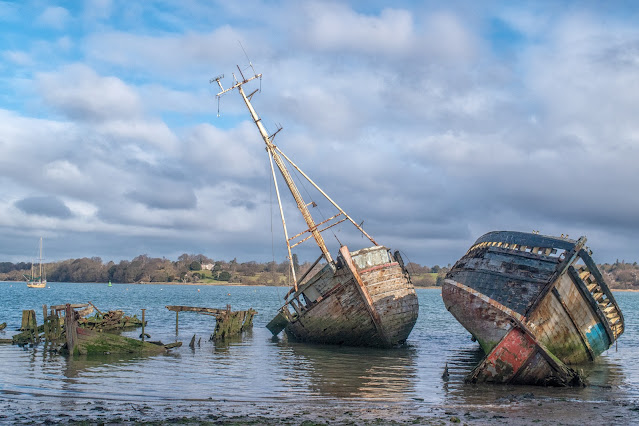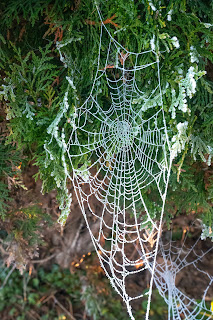Pin Mill 50mm Challenge - with Gill Moon

On a very cold and drizzly morning in March I found myself on Pin Mill beach, camera in hand and with a challenge from Gill. This was to take all images at 50 mm (no zooming) and obviously no cropping when we processed them. It's harder than you initially think as you must be very careful in watching the edges of the image you are about to take as you mustn't crop! When composing an image in the viewfinder, it was necessary to alter your position rather than alter the camera. This resulted in muddy feet several times as the tide was on the turn from high tide. Anyway, here are a few of my images of the ship graveyard. A very brief interlude of sunshine was very welcome at this point. Side view of one of the above boats Ropes thrown on the ground making a pattern One rusty hull of a houseboat One lone rowing boat Another view of the old houseboat The remains of an old anchor A view further along the river Orwell away from the boats. Home



